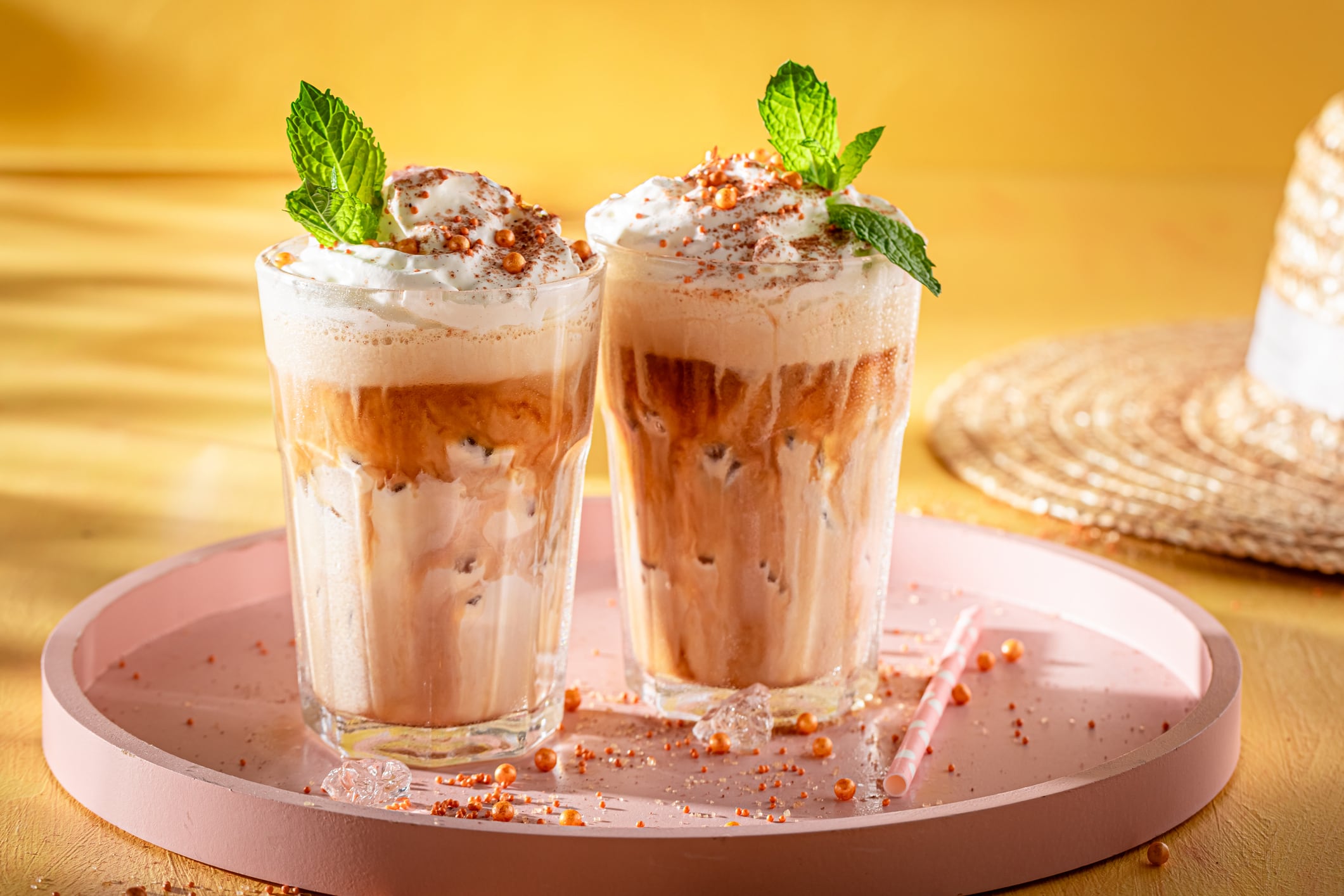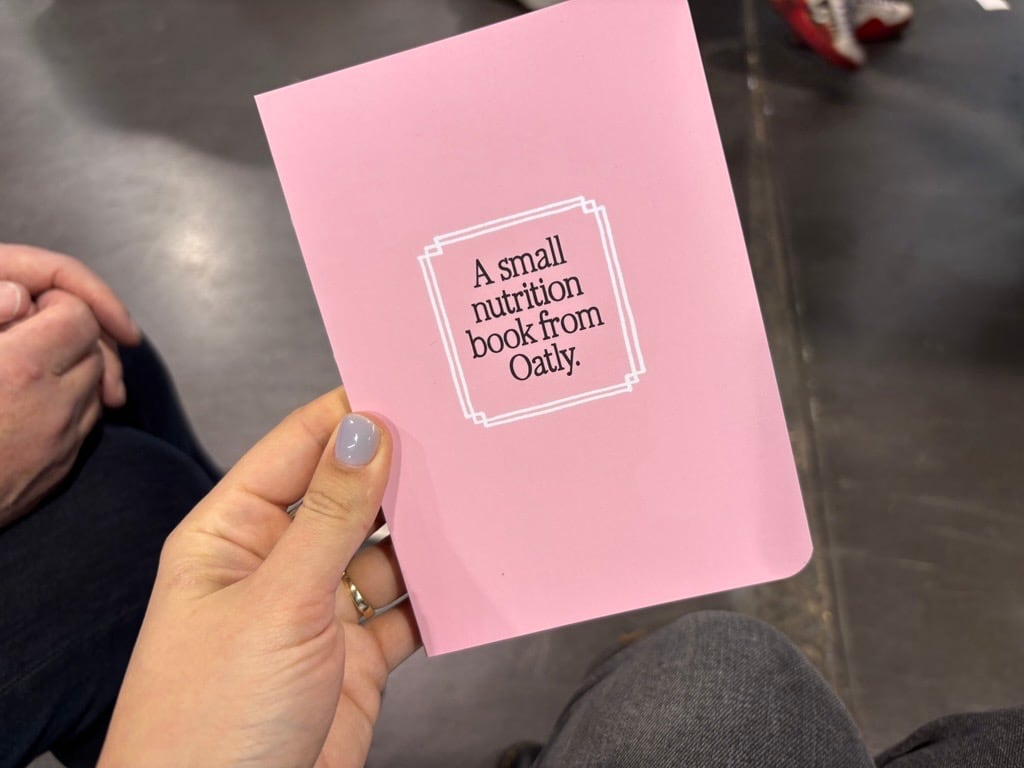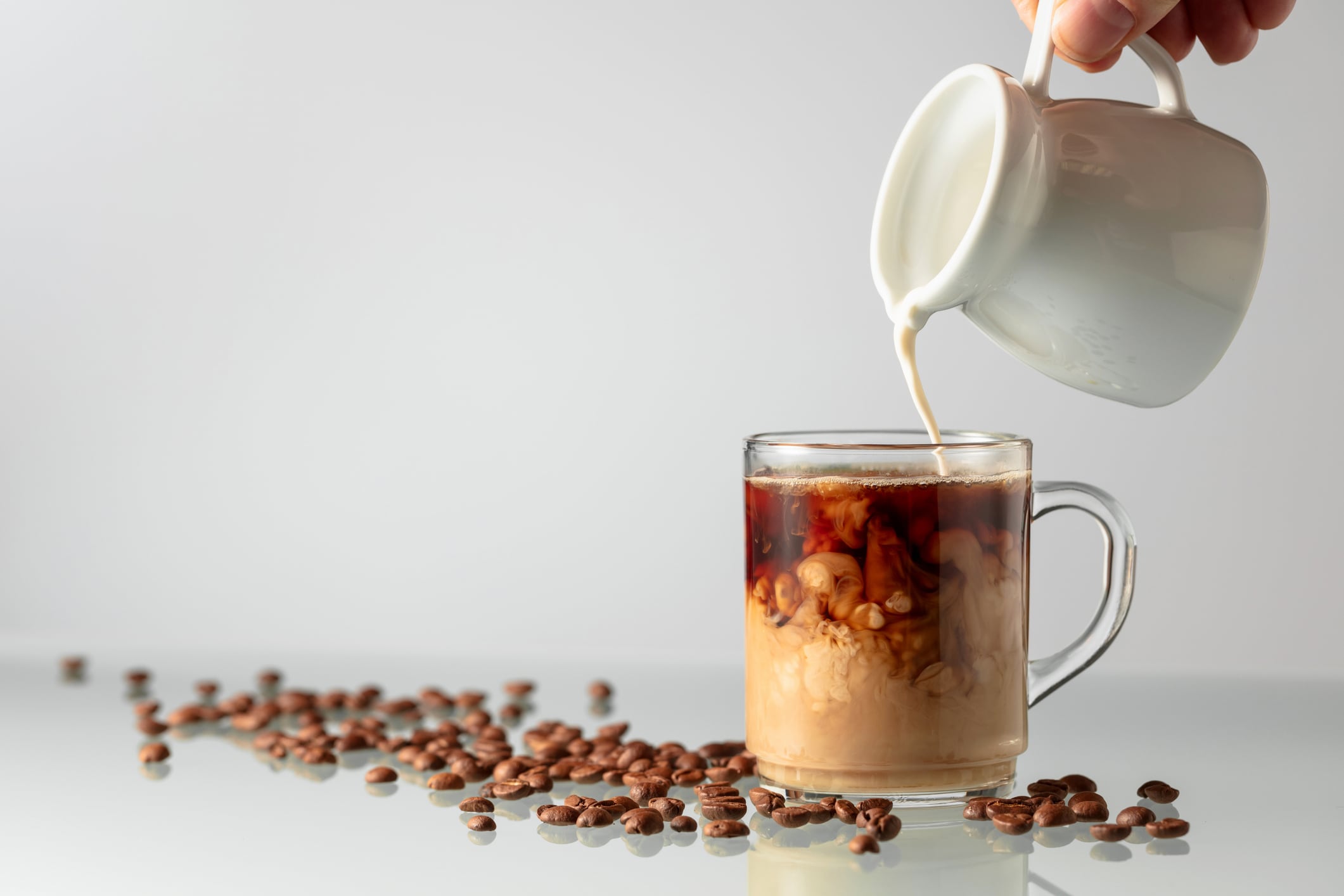Key takeaways
- The demand for refrigerated coffee creamers has increased, driven by consumers seeking convenient, coffeehouse-style experiences at home, with cold foam creamers emerging as a popular new format.
- Major players like Danone, Nestlé, and Chobani use different strategies to capture market share, with Danone and Nestlé leading the cold foam creamer trend and Chobani focusing on clean label claims.
- Flavor innovation and limited-edition offerings are key strategies for differentiation, with brands leveraging partnerships and seasonal flavors to excite consumers.
- Natural ingredients and dairy-free options are driving innovation in liquid coffee creamers, with oat-based products gaining popularity.
- The US coffee creamer market faces growth risks from import tariffs on coffee beans, supply chain constraints, and potential price pressures, but companies are addressing these challenges to regain competitiveness and distribution.
A trend catalyzed by stay-at-home federal orders during the pandemic, demand for refrigerated coffee creamers has only grown as consumers tasted the convenience of making coffeehouse-style drinks at home.
The market is also ripe for expansion as US consumers are the biggest coffee drinkers globally – with most coffee cups (71% in 2025 vs 63% in 2024) brewed at home, according to the US National Coffee Association.
Danone and Nestlé are the category’s largest players, with Chobani in tow. Their portfolios largely mirror one another, but each company has sought to gain market share through different NPD strategies.
How do Americans brew their coffee?
Drip coffee is the most common way to make a cup of joe in the US in 2025, but more people opt for instant coffee or a bean-to-cup affair and fewer use a French press.
- 62% of American adults have a drip coffee maker at home (compared to 58% in 2020)
- 42% have a single-cup brewer (compared to 40% in 2020)
- 35% have instant coffee (compared to 27% in 2020)
- 15% have a bean-to-cup machine (compared to 10% in 2020)
- 12% have a French press (compared to 14% in 2020)
- 12% have an espresso machine (compared to 8% in 2020)
- 11% have a slow-drip cold brew setup (compared to 7% in 2020)
- 6% have a pour-over coffee maker (compared to 5% in 2020)
Source: National Coffee Association
What are the main refrigerated coffee creamer formats?
Refrigerated coffee creamers is the segment that’s been in highest volume growth (+3.6%) recently and it also generated more than $5bn in dollar sales last year, according to Circana data shared with us in March 2025.
Cold foam creamers, the latest innovation in the category, attract younger consumer with less purchasing power, i.e. those who struggle to justify the price of a barista-made coffee cup.
Similar to a spray whip but characterized by a smoother, thicker foam that sits atop a drink, cold foam creamers provide convenience, indulgence and functionality while being affordable.
Danone’s International Delight was first-to-market with such products in the US. Debuting in January 2024, the range was marketed as a solution that transforms any hot or cold coffee into a coffeeshop drink ‘with the flick of a wrist – simply shake it, foam it, then sip it’.
Nestlé followed suit with Coffee Mate’s own line in January 2025 (flavors: French Vanilla, Brown Butter, Italian Sweet Cream). Dubbed the brand’s ‘biggest innovation yet’, the range was promoted in Coffee Mate’s first ever Super Bowl commercial.

Chobani has so far stayed behind the curve on cold foam creamers. This may be due to formulation challenges: the company majors on clean label claims while ready-to-use cold foam products tend to include synthetic ingredients.
Compared to cold foam products, liquid refrigerated creamers are a larger, more established category, with manufacturers including Chobani, Danone and Nestlé all vying for consumer attention.
How do brands differentiate?
Flavor is one way to go, Circana’s Melissa Altobelli, SVP, client insights, Dairy and Bakery, told us; with limited-edition offerings and brand collaborations allowing products to stand out on shelf.
“Creamers is a lot about flavor and fun, unique experiences,” she told us. “Nestlé and Danone both deliver on bringing a wide variety of flavors that bring excitement to the category. They range from everyday French Vanilla to on-trend flavors like pistachio.
“These leaders also co-brand with candy companies to bring that indulgent factor to consumers morning routines,” she added. “Seasonals, like International Delight’s Home Alone line of winter holiday flavors as limited-time offerings drive excitement to the category as well."

“International Delight and Coffee Mate both leverage partnerships that generate buzz and offer exciting flavors,” Altobelli told us. “Recent examples include limited-edition flavors inspired by popular TV shows (Love is Blind flavors from International Delight and The White Lotus flavors from Coffee Mate). Chobani also offers exciting seasonal flavors."
All three companies offer zero-sugar options, which are lower in calories and cater to the needs of consumers who want to reduce their sugar intake.

What is driving innovation?
Demand for natural ingredients and dairy-free creamers are the two key trends driving NPD in the refrigerated creamer space, with new entries in both liquid and cold foam creamers emerging in recent years.
“Competitively, we’re seeing increased demand in clean label as well as plant-based oat creamers,” Circana’s Altobelli told us. “Those are spaces that these companies are entering.”
Nestlé’s Coffee Mate released a refrigerated plant-based range back in 2023. Starting with French Vanilla and Caramel, it was the first plant-based range in the brand’s history. Today, the company offers dairy-free options across both its Coffee Mate and Natural Bliss brands.
Meanwhile, Danone’s Silk launched a 14oz oat-based cold foam range in 2024, filling a gap that consumers had mostly tackled with dairy-free spray whips.
The range – comprising of core flavors Cinnamon Caramel and White Chocolate Macadamia – is made with oat milk, cane sugar, sunflower oil, pea protein and baking soda among other ingredients. It majors on claims such as non-GMO, gluten-free, no artificial flavors and colors, and cholesterol-free among others.
New for the 2025 fall season, Silk introduced a limited-edition Maple Brown Sugar flavor.

Across the Silk portfolio, there are soy, almond, oat, zero-sugar (sweetened with stevia) and half & half options that come in various packaging formats, from 32oz aseptic cartons to plastic containers.
On-trend flavor: Maple
Maple is among 2025’s trendiest flavors. According to flavor house dsm-firmenich, maple has been gaining traction globally in the past 6 years. “Since early 2019, dsm-firmenich’s trend analysts have observed maple transcending geographic and cultural boundaries, gaining popularity as a versatile ingredient across Europe, Asia and beyond,” the company said. “Maple’s adaptability is evident as it moves beyond syrup to influence an array of culinary creations.”
Chobani used to offer plant-based coffee creamers in Sweet & Creamy, French Vanilla, Chocolate Hazelnut, and Caramel Macchiato. But the line was discontinued, the company opting to focus on dairy-based creamers instead.
Fall flavors are in
It may still be summer, but manufacturers have started to roll out their fall/winter propositions.
Nestlé’s limited-edition creamers are starting to appear in the US: new Coffee Mate cold foam creamers Gingerbread, Peppermint Mocha and Pumpkin Spice flavors have appeared in Target.
Meanwhile, Chobani’s popular Pumpkin Spice liquid creamer is also making a comeback.

What are the growth risks?
The trajectory of the US coffee creamer category “should continue in the mid- to single-digit volume growth territory,” Circana’s Melissa Altobelli told us. “However, risks from tariffs on coffee bean imports and packaging could put pressure on pricing where the price elasticity of demand is currently elevated with consumers.”
In 2023, about 80% of US unroasted coffee imports came from Latin America (valued at $4.8bn): with Brazil (35%) and Colombia (27%) the two largest suppliers, according to USDA ERS data.
In FY 2025, coffee and coffee products are projected to reach $11.4bn in import value, up from $10.5bn in the May forecast (an increase from $9.0bn in FY 2024). In volume terms, US coffee imports are expected to reach 1.7 million metric tons, up from 1.6 million metric tons in FY 2024.
The US recently introduced import tariffs on major coffee-exporting countries, including Brazil (50%), Colombia (10%) and Switzerland (39%). The latter has become the third largest coffee supplier to the US, with around 11% of coffee, tea and spices flowing from the Alpine country, according to Bloomberg.
Supply chain issues can also impact sector growth: and both Danone and Nestlé experienced production or distribution constraints in recent years. But in recent investor updates, the two category majors said supply problems were beginning to ease.
Danone CFO Juergen Esser told investors: “Coffee Creamers are progressively recovering following service challenges during this first semester. Market share started to improve in the course of Q2 as we are progressively re-building the distribution of the International Delight brand. The team first focused to bring our hero SKUs back to the shelf with the complete SKU portfolio following over the coming months.”
Danone CEO Antoine de-Saint Affrique added the company was no longer limited by capacity constraints thanks to opening a new Jacksonville-based factory.
“We should, step by step by step, regain our competitiveness on International Delight,” he said. “The name of the game for us is really about execution. By and large, the core of the business is back into distribution. The next stage, which will still take a few months, will be to bring the rest of the portfolio into full distribution.”
Danone CEO on next-gen creamers
"We are working on what is the next generation, because you’ve seen also that next to the traditional fight between Coffee Mate and International Delight, there are newcomers with new offering coming to the market," De-Saint Affrique told investors. “So [there is] more to come in the second half of the year, because as consumers are changing, we have opportunities that we can seize.”
Meanwhile, Nestlé recorded positive RIG in coffee creamers in H1 2025. Laurent Freixe, CEO of Nestlé, said of Coffee Mate’s performance in the US: “We resolved capacity issues, adjusted pricing, increased innovation, and reset shelves. Distribution is up, consumer engagement is back, and market share is improving.”




